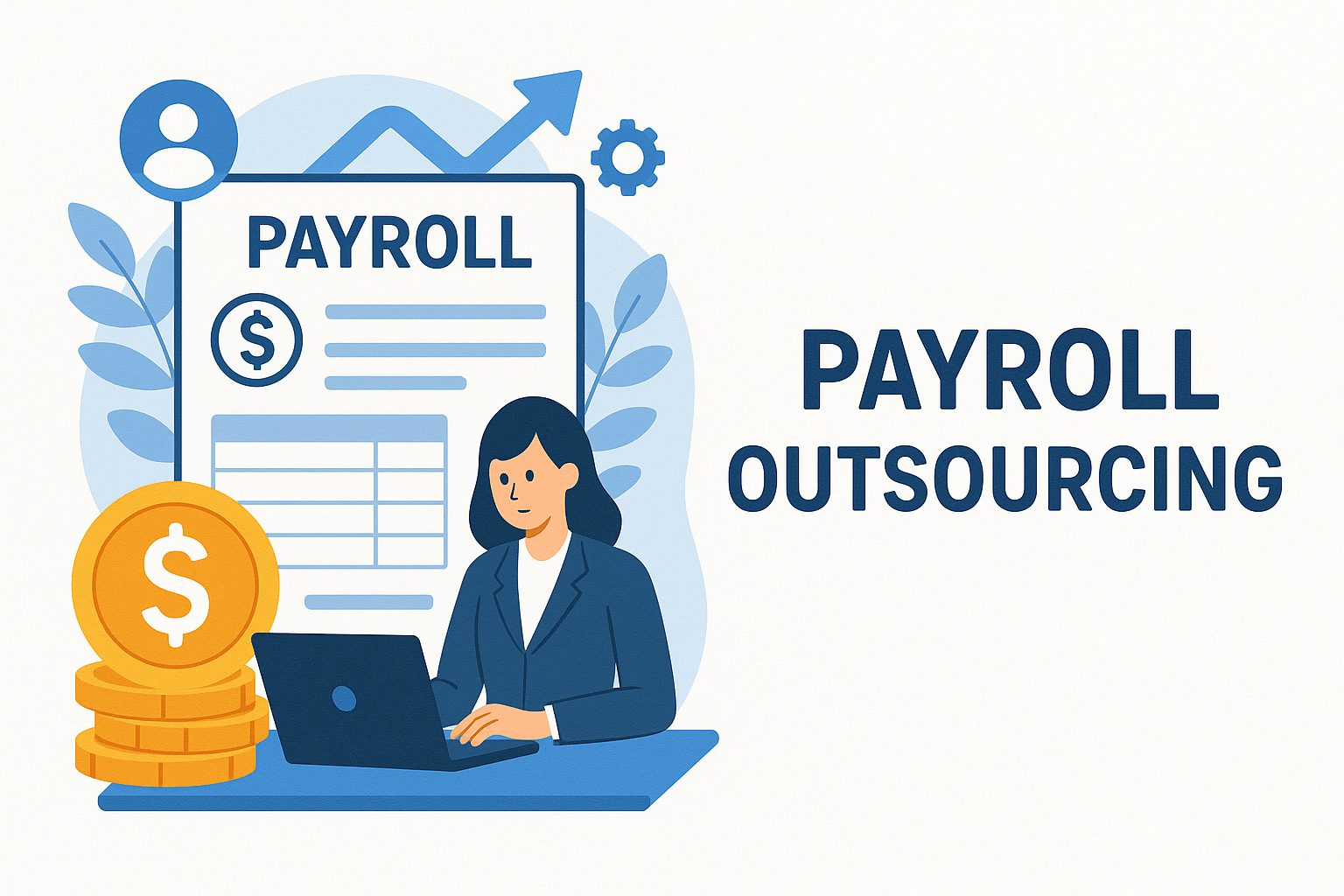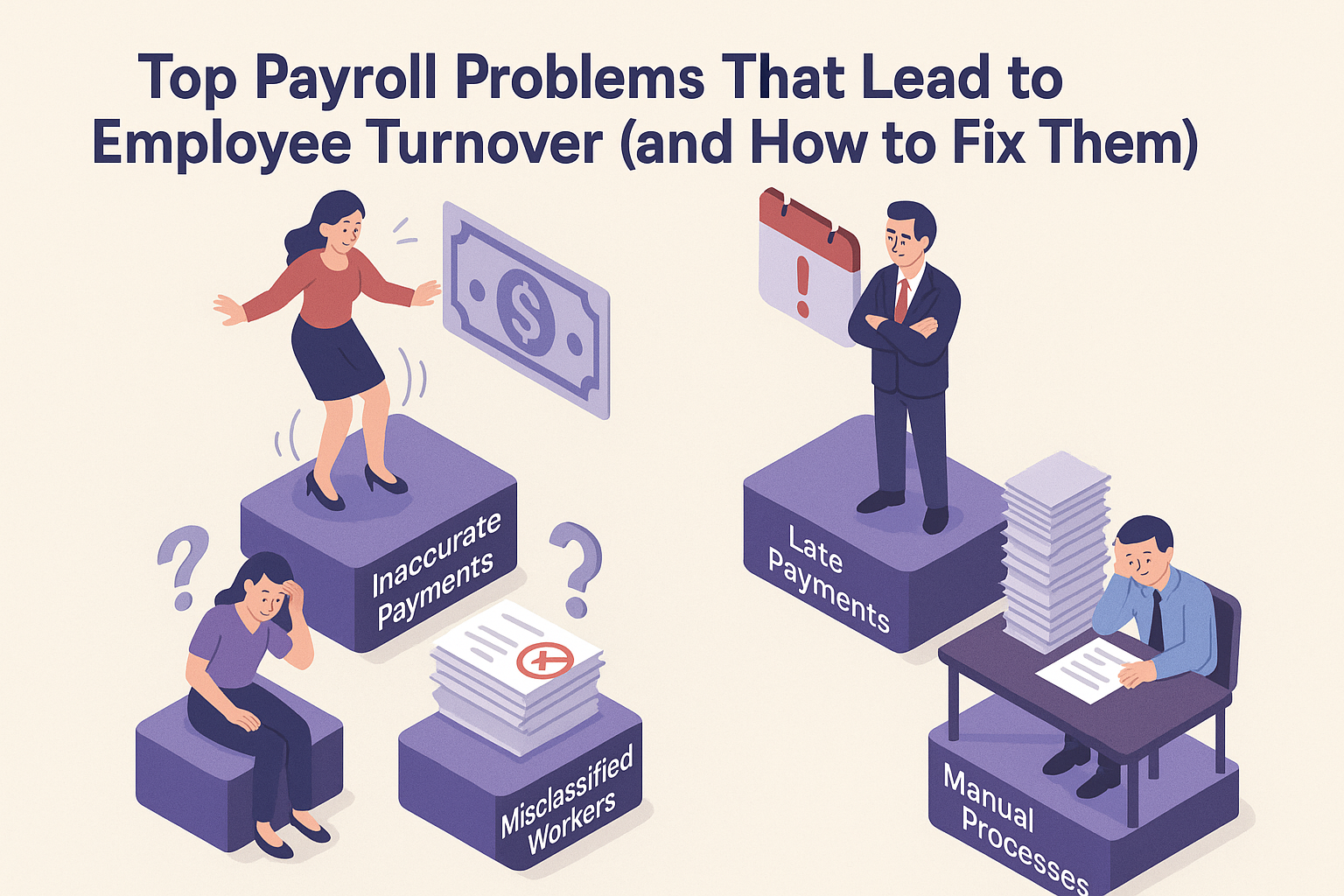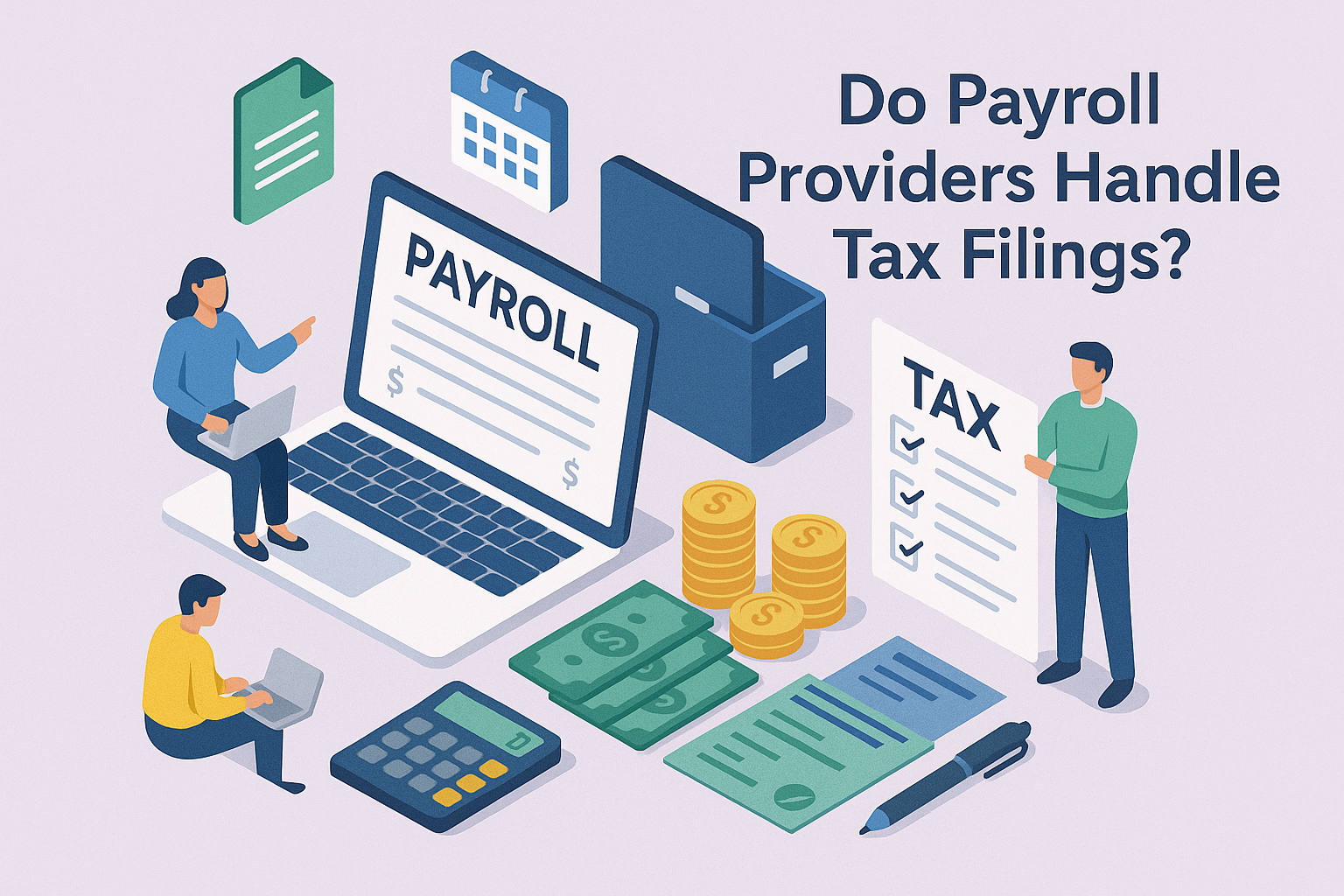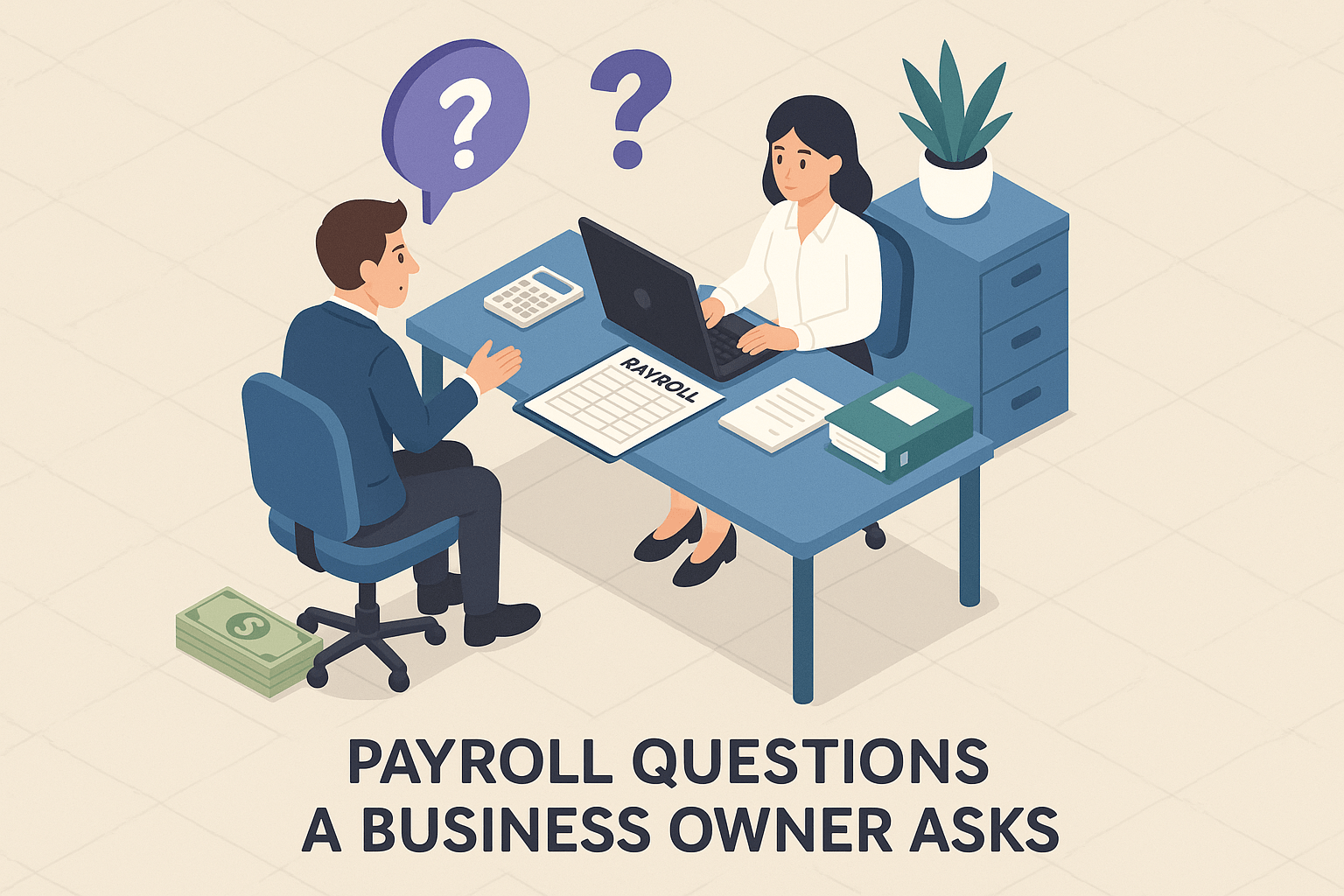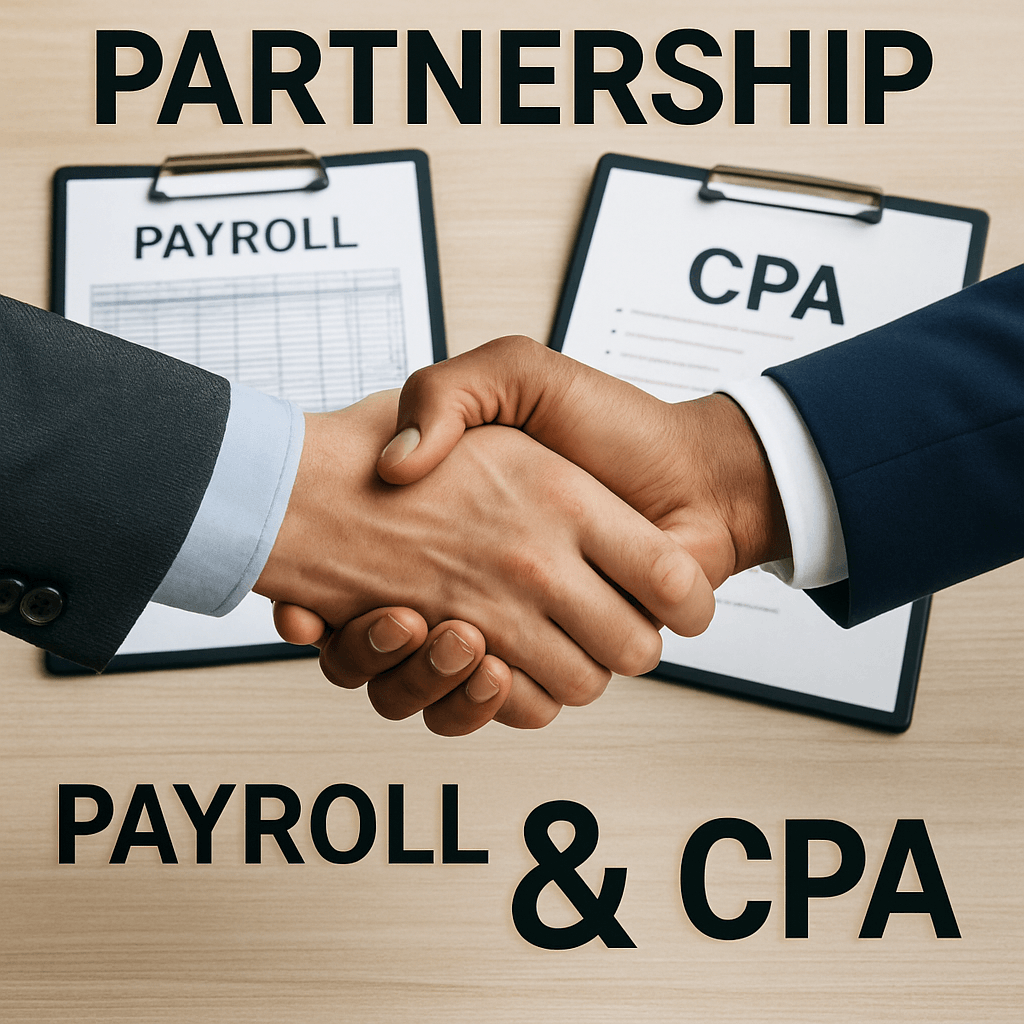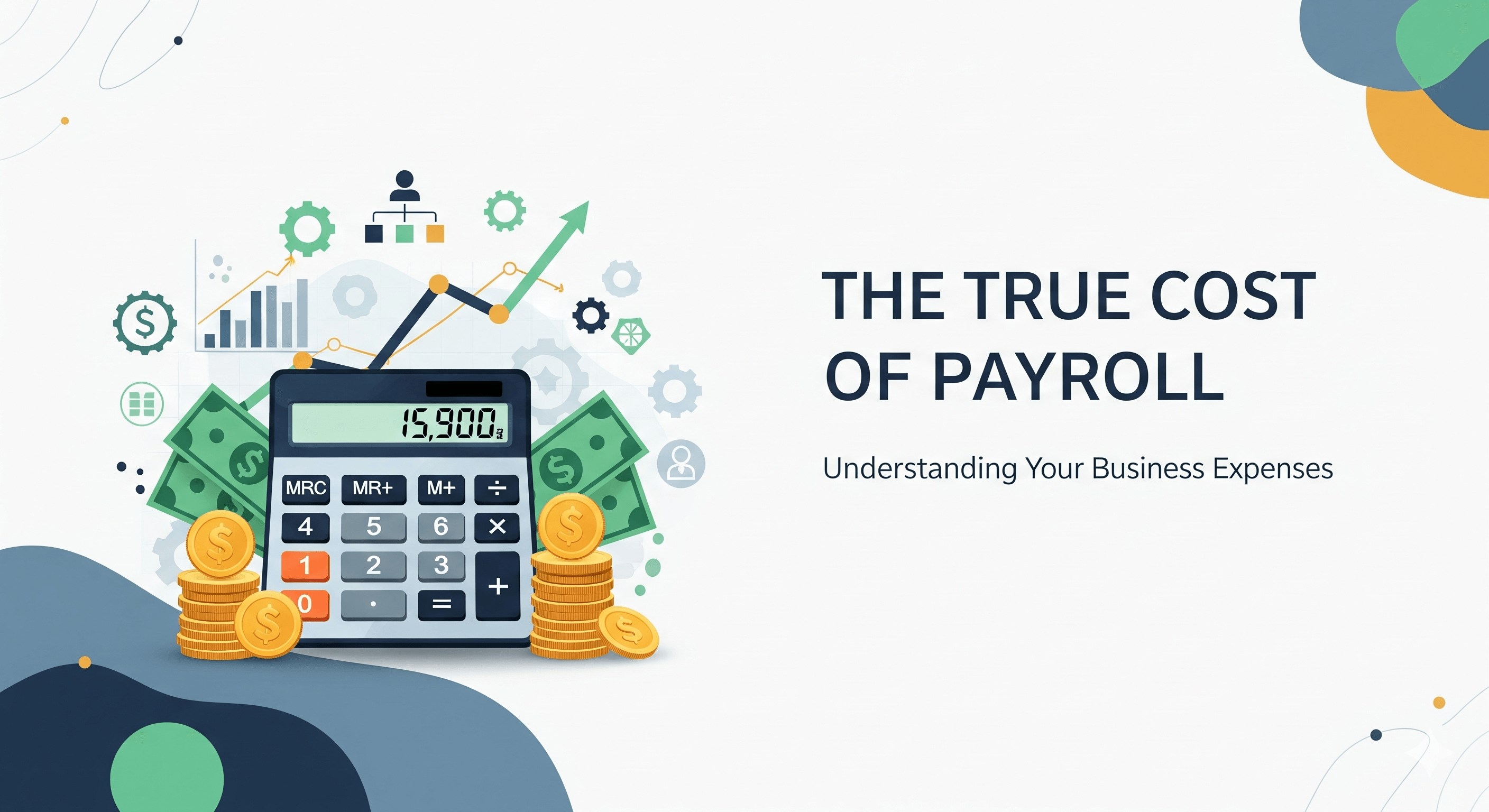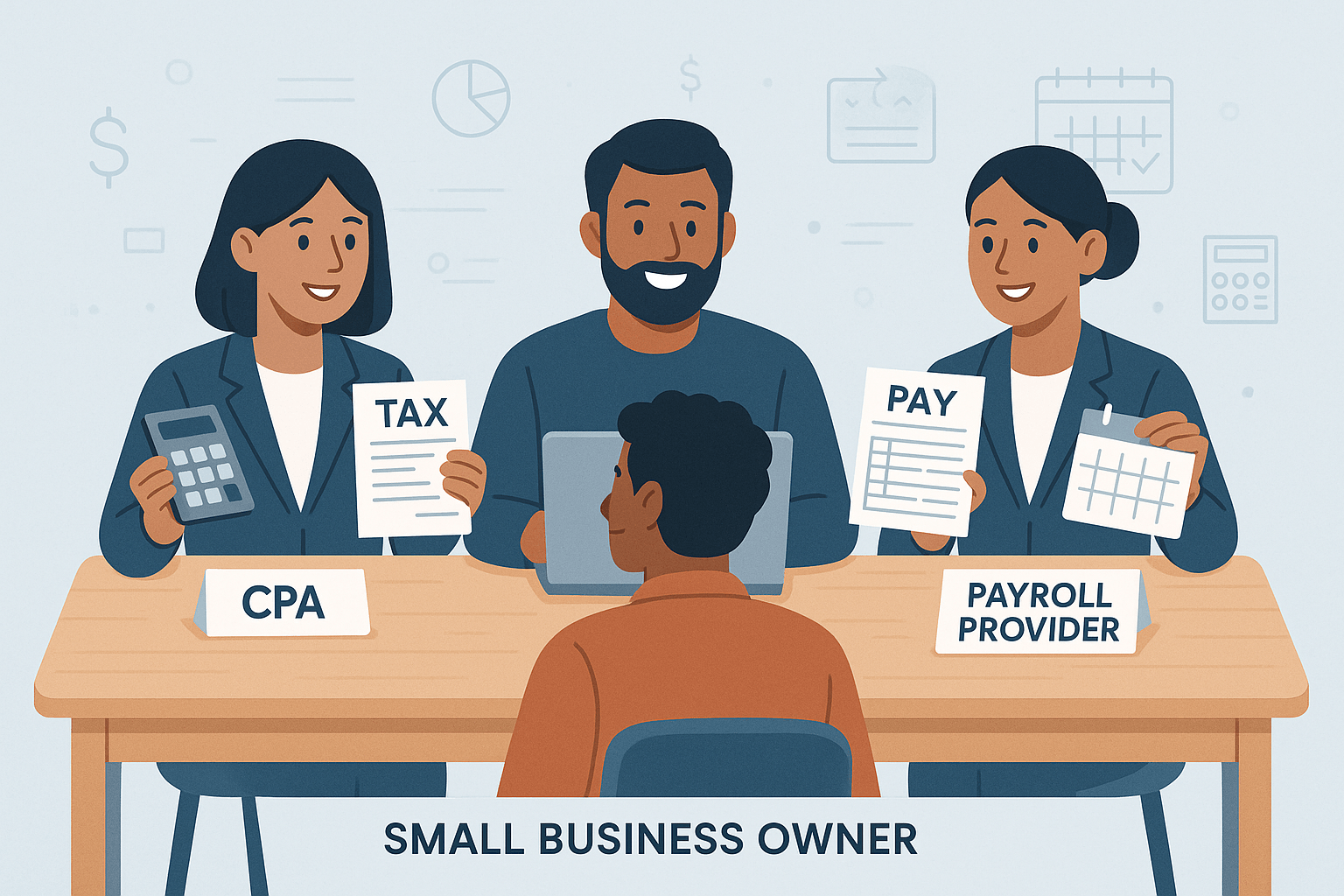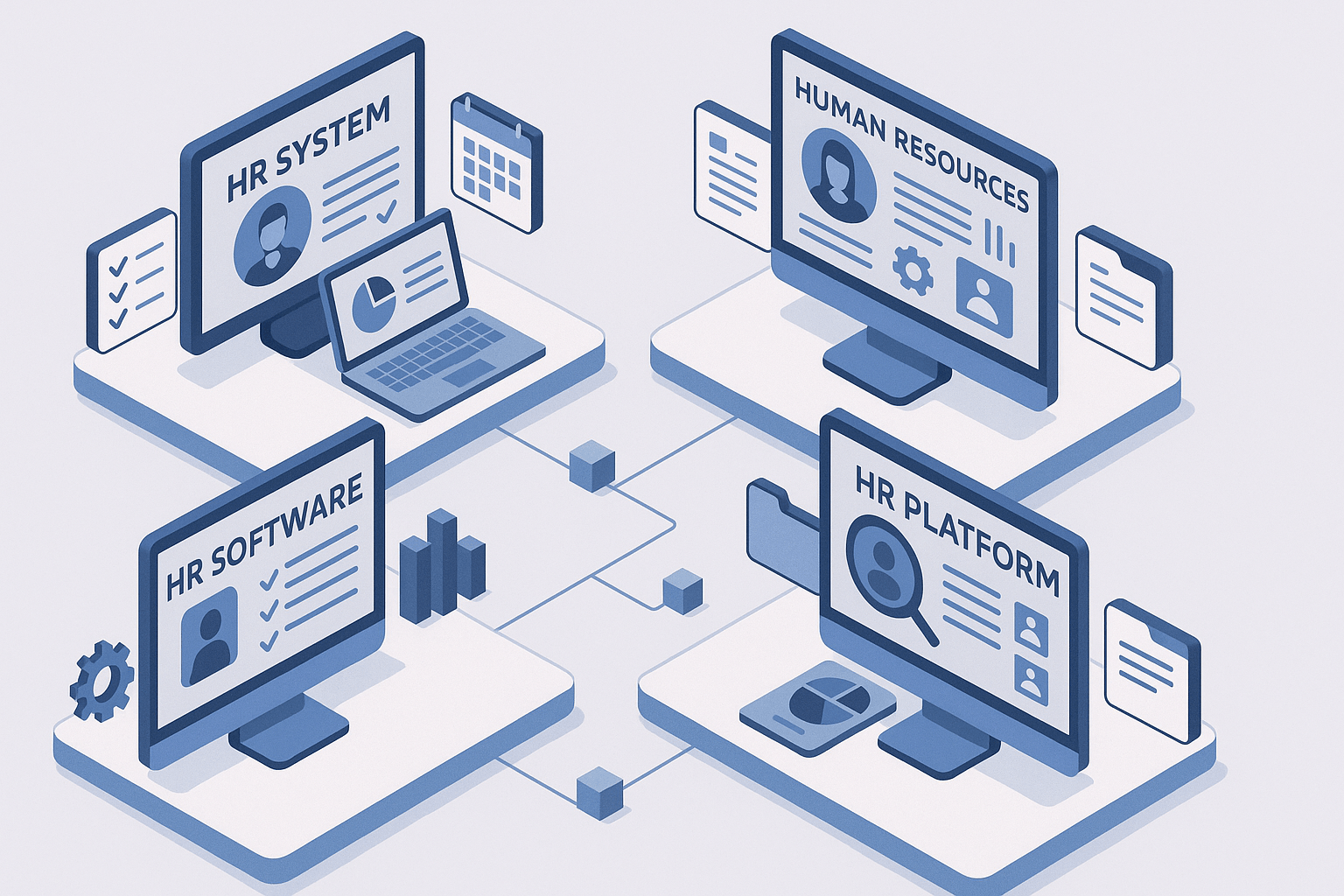Outsourced Payroll vs. Hiring a Payroll Manager: Total Cost & Risk Comparison
November 11th, 2025
7 min read

Have you ever sat down to compare outsourcing payroll versus hiring a payroll manager, only to find yourself drowning in confusing numbers? Are you struggling to figure out whether that $60/month outsourcing fee is really cheaper than a $90,000 salary—especially once you factor in benefits, software, backup coverage, and compliance risks? You're not alone. Many business owners face this exact dilemma, knowing that the wrong choice could mean overspending tens of thousands per year or exposing their company to serious compliance risk.
At Lift HCM, we’ve guided hundreds of businesses through this exact decision. We’ve seen the true cost of both models—from the salary and benefits for an in-house team to the base fees and per-employee costs for an outsourced provider. We also know where businesses often underestimate the hidden risks.
In this article, we’ll break down the total cost and risk comparison between outsourced payroll and hiring a payroll manager. Using current salary benchmarks, benefit data, and typical outsourcing cost ranges, you’ll see a clear side-by-side analysis. By the end, you’ll have a decision framework you can apply to your own business with confidence.
Table of Contents
- The True Cost of an In-House Payroll Manager
- The True Cost of Outsourcing Payroll
- Accuracy, Fraud, and Business Continuity Risks
- Who Owns Compliance (and What That Means)
- Decision Framework by Size & Complexity
- Frequently Asked Questions
- Making the Right Payroll Decision for Your Business
The True Cost of an In-House Payroll Manager
When deciding whether to outsource payroll or hire a payroll manager, many businesses underestimate the true financial obligations of bringing someone in-house. Hiring a payroll manager gives you direct control, but comes with significant costs beyond just the base salary.
Salary & Employer Burden
Payroll manager salaries in the U.S. typically range from $89,000 to $111,000 annually. However, that’s just the start. Employer burden, which includes benefits like health insurance, retirement contributions, and payroll taxes, adds roughly 30–40% to that base salary. For a payroll manager earning $90,000, the real annual cost is closer to $117,000–$126,000.
Additional Costs to Consider
- Payroll Software Licenses: These can cost $15–$25 per month, plus an additional $2–$5 per employee.
- Backup Coverage: You need a plan for when your manager is on vacation, out sick, or leaves the company. Finding temporary or backup coverage can add another 5–10% to your budget.
- Hiring & Training: The cost of turnover is significant. According to SHRM, the average cost-per-hire is $4,700, not including the lost productivity during a vacancy. Training a new hire adds even more expense and time.
Example: A company paying $90,000 in salary may actually spend $130,000+ annually when factoring in benefits, software, and backup needs.
The stacked analysis above reveals how employer burden and hidden costs compound—what appears to be a $90,000 investment actually exceeds $127,000 when all factors are included.
The True Cost of Outsourcing Payroll
If you are weighing whether to outsource payroll or hire someone in-house, understanding the real cost of outsourcing is essential. While it looks straightforward at first, costs vary significantly depending on provider and scope.
Typical fees: Most providers charge a base fee of $50–$80/month plus $6–$12 per employee per month (PEPM). Some charge higher, in the $30–$100 PEPM range for advanced services.
Scenario math:
- 20 employees: $60 base + ($8 × 20) = $220/month, or ~$2,640/year
- 100 employees: $60 base + ($8 × 100) = $860/month, or ~$10,320/year
|
Company Size |
Base + PEPM |
Annual Cost |
Notes |
|
20 employees |
$60 + ($8 × 20) |
≈ $2,640 |
Low volume, minimal admin |
|
75 employees |
$60 + ($10 × 75) |
≈ $9,000 |
Moderate complexity |
|
100 employees |
$60 + ($8 × 100) |
≈ $10,320 |
Typical SMB |
Hidden Costs to Watch For
- Setup Fees: Many providers charge a one-time fee to set up your account.
- Integrations: Connecting your payroll to other software may incur extra costs.
- Per-Check Fees: Some services charge an additional $2–$15 per check.
- Add-Ons: Services like compliance reporting or HR support often come with extra fees.
Even with add-ons, outsourcing is often far less expensive than employing a full-time payroll manager. However, not all outsourcing costs are immediately obvious on provider invoices. Beyond the base and per-employee fees we've discussed, there are seven hidden costs in outsourcing payroll services that can catch businesses off guard if you don't know what to look for during vendor evaluation.
Case in point: A 75-person company paying $10 PEPM would spend roughly $9,000/year in outsourcing fees, compared to ~$130,000 for an in-house role. That's a difference of more than $120,000 annually.
The stacked visualization above reveals how outsourcing costs scale predictably with company size, while in-house expenses remain consistently high regardless of employee count—making outsourcing increasingly cost-effective as businesses grow.
If you're wondering about overall value, our guide on professional payroll services and their cost benefits breaks down the ROI calculation in detail.
Accuracy, Fraud, and Business Continuity Risks
Payroll isn't just about cost—it's also about risk. Both in-house and outsourced payroll carry different types of vulnerabilities.
In-House Risks
- Errors: The average cost of a payroll error is $291 per mistake.
- Fraud: When one person controls payroll, the risk of fraud or embezzlement is significantly higher.
- Business Continuity: What happens if your payroll manager quits or is out for an extended period? Paychecks could be delayed or processed incorrectly, creating a high-stakes business continuity risk.
Outsourced Risks
- Vendor Errors: You may face occasional errors or delays from your provider.
- Lack of Control: You give up some direct oversight of the process.
Key takeaway: While both models carry risk, outsourcing reduces your exposure to internal fraud and ensures business continuity with built-in redundancy.
Who Owns Compliance (and What That Means)
Payroll compliance is a high-stakes area with constantly changing federal, state, and local laws.
- In-House: The burden of staying up-to-date on all tax and labor laws rests on a single person. If they miss an update, your company could face serious fines and penalties.
- Outsourced Provider: Reputable payroll companies maintain dedicated compliance teams and automatically update their systems to reflect new laws. While the employer remains legally responsible, the risk of a compliance lapse is significantly lower.
Did you know? In 2023, the U.S. Department of Labor recovered $274 million in back wages from wage and overtime violations. Many cases stemmed from poor tracking or compliance lapses. These top payroll compliance issues and their solutions show exactly where businesses run into trouble—and how both in-house and outsourced models address these risks differently.
Consider: A payroll manager must track federal, state, and sometimes city-specific laws. Outsourced providers often include compliance tools and alerts, lowering the chance of errors.
Decision Framework by Size & Complexity
When choosing between outsourcing and in-house, company size and complexity matter most.
- Small business (<50 employees): Outsourcing is typically cheaper and reduces compliance risk.
- Medium business (50–200 employees): Outsourcing remains cost-effective, but hybrid approaches can balance oversight with vendor efficiency.
- Large business (200+ employees): In-house may make sense financially, but outsourcing still reduces compliance and continuity risks.
|
Company Size |
Best Option |
Why |
|
Small (<50 employees) |
Outsourcing |
Lower cost and fewer compliance headaches. |
|
Medium (50-200 employees) |
Outsourcing or Hybrid |
Outsourcing remains cost-effective, but a hybrid model can balance oversight with provider efficiency. |
|
Large (200+ employees) |
In-House or Hybrid |
An in-house role may be financially justifiable, but a hybrid model still reduces compliance and continuity risks. |
Frequently Asked Questions
Q: Is it cheaper to outsource payroll or hire someone in-house?
For most businesses trying to decide whether to outsource payroll or hire a manager, outsourcing proves far more cost-effective. A payroll manager costs $117,000+ annually with benefits, while outsourcing often costs under $15,000/year for 100 employees. The cost difference can exceed $100,000 annually for small and mid-sized businesses.
Q: What happens if the in-house person quits?
Payroll continuity risk is high when relying on a single in-house person. Without backup, paychecks may be delayed or processed incorrectly, which can damage employee morale and potentially violate labor laws. The average time to recruit and onboard a replacement is 6-8 weeks. Outsourcing provides built-in redundancy since providers have multiple team members who can handle your account.
Q: Can a hybrid model work?
Yes. Many companies outsource payroll processing but retain in-house oversight for compliance or reporting. This balances control and efficiency. A hybrid approach works particularly well for businesses in the 50-200 employee range who want some internal oversight but don't want the full burden of processing payroll.
Q: What hidden fees should I expect with outsourcing?
Setup fees, per-check fees, compliance reporting, and HR add-ons are common. Some providers charge extra for tax filing, year-end processing, or garnishment administration. Always review the contract for clarity and ask for an all-in quote based on your specific needs. Request a detailed breakdown of what's included in the base price versus what costs extra.
Q: Who is legally responsible for payroll compliance?
The employer remains legally responsible for compliance, regardless of whether you use an in-house manager or an outsourced provider. However, reputable outsourced payroll companies reduce the risk of a compliance lapse significantly because they have dedicated compliance teams that automatically update their systems to reflect new federal, state, and local tax and labor laws.
Q: How does each model handle fraud risk?
The risk of internal fraud or embezzlement is significantly higher when one in-house person controls the entire payroll process. Outsourcing reduces your exposure to internal fraud by having an external, audited third-party manage the funds and processing.
Making the Right Payroll Decision for Your Business
Choosing between outsourcing payroll and hiring a payroll manager doesn't have to feel like a gamble. As we've shown, the cost difference can exceed $120,000 annually for a mid-sized business, and the compliance risks are substantial regardless of which path you choose. The key is understanding your true costs—not just the obvious salary or subscription fee, but the complete picture including benefits, software, backup coverage, compliance protection, and business continuity planning.
With the right partner handling your payroll, accuracy improves, compliance risks decrease, and your internal team can focus on strategic HR initiatives instead of administrative processing. Whether you're a 30-person restaurant group or a 200-employee service company, the decision framework we've outlined gives you a clear starting point based on real cost comparisons and risk analysis.
The best way to move forward is to see your own numbers in a customized analysis. Get a custom in-house versus outsource cost model from Lift HCM that factors in your specific employee count, state requirements, and payroll complexity. Or explore our related guides on professional payroll service value and hidden outsourcing costs linked throughout this article.
At Lift HCM, we've helped hundreds of organizations transition their payroll operations with confidence. Whether you're considering outsourcing for the first time or evaluating whether to strengthen your in-house approach, our team brings decades of combined experience to guide your decision. Explore our payroll services and discover how we can help you make payroll accurate, compliant, and stress-free.
Ready to see your custom cost analysis? Contact Lift HCM today to get a personalized in-house vs. outsource comparison for your business.
Caitlin Kapolas is a results-driven professional with a strong background in account management and retail. She is dedicated to improving client experiences and building lasting relationships. Caitlin excels in identifying client needs, resolving issues, and implementing customized solutions that drive value. Her effective communication skills ensure high client satisfaction and loyalty, making her a trusted advisor and partner in meeting client needs with precision and professionalism.












